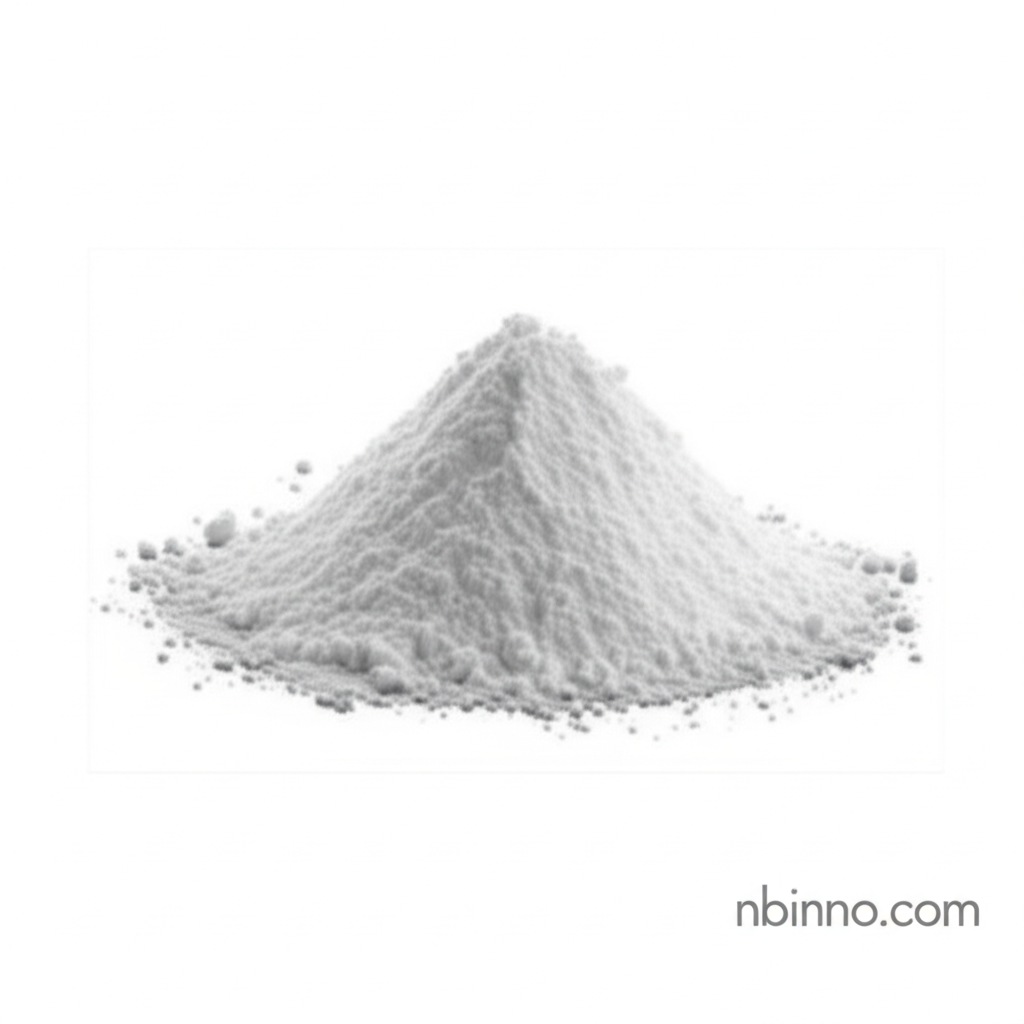Calcium Stearate: Essential Lubricant and Stabilizer for PVC and Plastics Processing
Unlock superior performance with Calcium Stearate, a key additive for plastics and PVC applications.
Get a Quote & SampleProduct Core Value

Calcium Stearate
Calcium Stearate is a versatile white powder, widely recognized for its crucial roles as a lubricant, release agent, and stabilizer in numerous industrial applications, particularly within the plastics and PVC sectors. Its unique properties enhance processing efficiency and the quality of finished goods.
- Discover how calcium stearate lubricant for PVC enhances melt processing and initial coloring in plastic products.
- Learn about the competitive calcium stearate price for plastic processing, ensuring cost-effectiveness.
- Explore the extensive applications of calcium stearate in coatings, contributing to smooth finishes and durability.
- Understand why buying calcium stearate for coatings is essential for improved performance and aesthetics.
Key Advantages
Enhanced Processing Efficiency
As a plastic lubricant, calcium stearate significantly improves the processing speed and reduces energy consumption in PVC manufacturing, contributing to overall operational efficiency.
Improved Product Stability
Its function as a heat stabilizer and acid scavenger in PVC prevents degradation, ensuring better long-term thermal stability and weather resistance for plastic products.
Superior Release Properties
When used as a mold release agent, it facilitates easy separation of products from molds, preventing damage and ensuring high-quality surface finishes in various molding processes.
Key Applications
PVC Processing
Calcium stearate acts as a critical PVC stabilizer and lubricant, enhancing fusion, improving flow, and reducing die swell in hard PVC products.
Plastics Industry
Utilized as a lubricant and acid acceptor in the processing of ABS, Polystyrene, Polypropylene, and Polyethylene to improve heat resistance and initial coloring.
Coatings and Paints
Functions as a smoothing agent and raw material in paints and enamels, contributing to better finishes and application properties.
Food and Cosmetics
Its non-toxic nature makes it suitable for use as an anti-caking agent in cosmetics and pharmaceuticals, and as a food additive.
